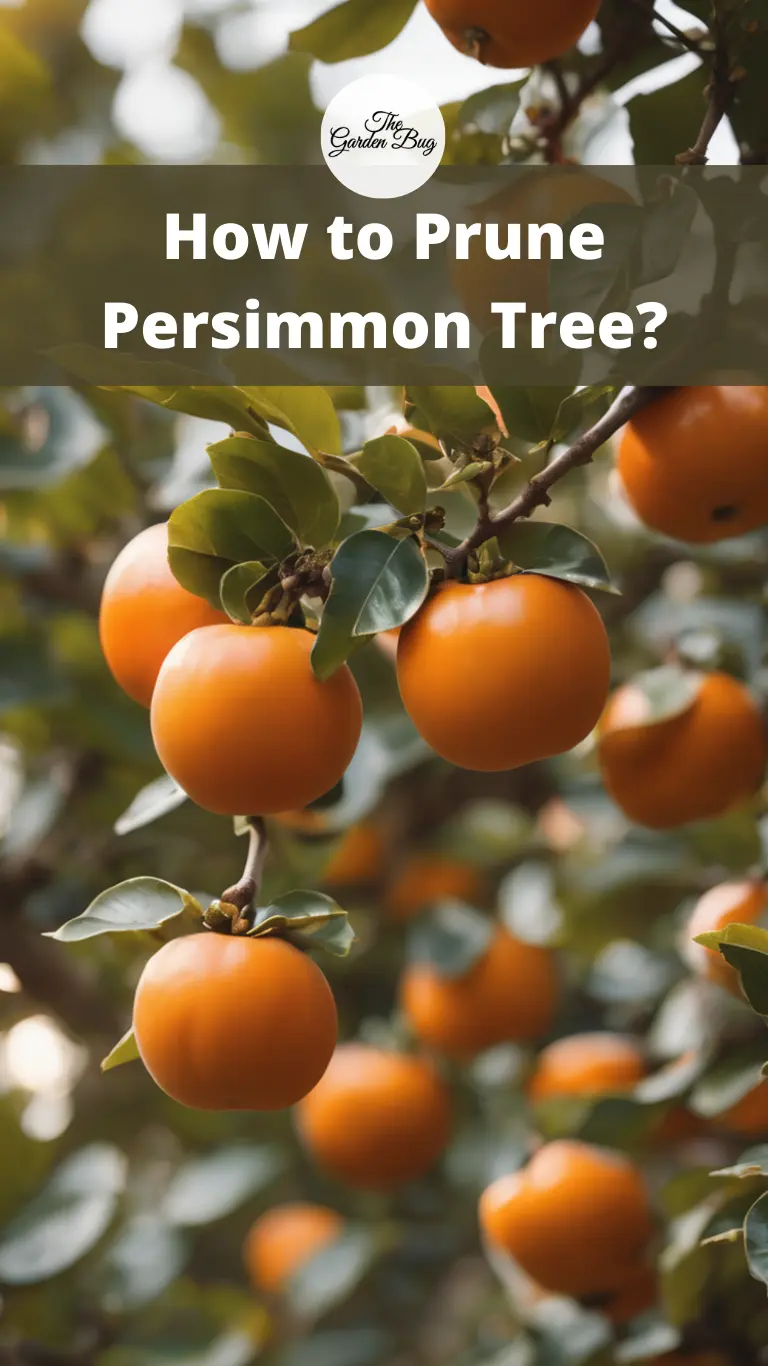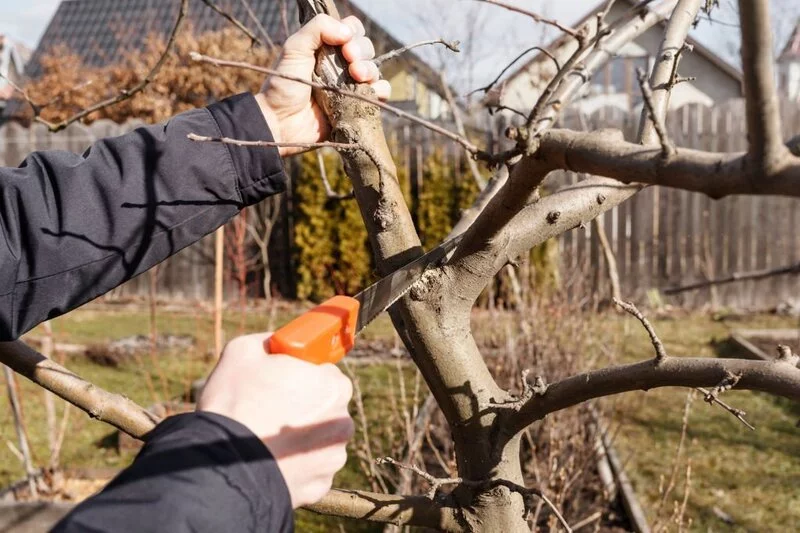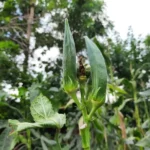If you’ve ever seen a persimmon tree in full fruit, you know it’s a sight to behold. Their vibrant, orange fruits hanging amongst the tree’s lush leaves are quite the spectacle in any garden. But, as with any plant, persimmon trees require a little TLC to keep them healthy, fruitful, and visually appealing. A key part of that care is regular pruning. But why do we need to prune, and how do you do it correctly? Let’s dive into it!
Persimmon Trees
Persimmons are beautiful trees that offer a fantastic dual function: providing both a fruitful harvest and an attractive visual feature in the garden. These deciduous trees originate from Asia and are popular for their sweet, slightly tangy fruits. Apart from being a delicious autumn treat, persimmons are also packed with nutrients, making them a healthy choice for your home orchard.
The tree itself is quite resilient, handling a variety of climates, although they prefer areas with moderate winters and relatively mild summers. They have a distinctive look with their glossy green leaves, and of course, their bright orange fruits. However, to maintain the tree’s health, encourage better fruit production, and improve its shape, regular pruning is necessary. Now that we understand a bit about persimmon trees, let’s explore why pruning is so important.
The Importance of Pruning Persimmon Trees
Regular pruning holds the key to a healthy and fruitful persimmon tree. By removing dead, diseased or crossing branches, we can improve the tree’s overall health and vigor. Pruning also encourages better air circulation and light penetration within the tree’s canopy, which can reduce the incidence of disease and improve fruit quality. Moreover, it helps to shape the tree, enhancing its natural form and making it an even more stunning feature in your landscape.
Best Time to Prune Persimmon Trees
Knowing when to prune is as crucial as knowing how to prune. For persimmon trees, the best time to prune is late winter or early spring, just before the new growth starts but after the threat of extreme cold has passed. Pruning at this time helps to minimize stress on the tree and maximizes the growth potential for the coming growing season. Remember, though, it’s always a good idea to remove any dead or diseased wood as soon as you notice it, regardless of the time of year.
Tools Needed for Pruning
Before we dive into the pruning process, you’ll need to gather some essential tools. A clean, sharp pair of hand pruners is perfect for smaller branches, while a pruning saw might be required for larger limbs. For those hard-to-reach branches, consider using a pole pruner. But remember, safety is paramount. Always wear a good pair of gardening gloves to protect your hands and safety glasses to shield your eyes from any flying debris.
Step-by-Step Guide to Pruning Persimmon Trees
Pruning may seem daunting, but it’s relatively straightforward with a little know-how. Begin by removing any dead, diseased, or damaged branches. Follow this by taking out any branches that are crossing or rubbing against each other.
Next, thin out some of the interior branches to improve air circulation and sunlight exposure. Remember to make clean, angled cuts just above a bud or branch to encourage healthy new growth. Be cautious not to over-prune though; removing more than a third of the tree’s branches can stress the tree. With patience and practice, your persimmon tree will flourish, providing bountiful fruit for seasons to come.
Aftercare for Pruned Persimmon Trees
Now that your tree has been pruned, it’s time for some TLC. Water thoroughly after pruning to help the tree recover. Apply a balanced fertilizer to replenish nutrients and encourage new growth. Keep an eye out for any signs of disease or pests on the fresh cuts and treat promptly if noticed. Remember, pruning is an ongoing process. Monitor your tree regularly and prune as needed to maintain its health and shape.
Conclusion
Pruning your persimmon tree is a key step in ensuring a healthy and productive tree. Not only does it improve the tree’s overall structure and appearance, but it also promotes better fruit yield. While the process might seem complex at first, with a bit of practice, you’ll become a pro in no time. So grab your pruning tools, step out into the sunshine, and give your persimmon tree the care it needs to thrive. Happy gardening!




